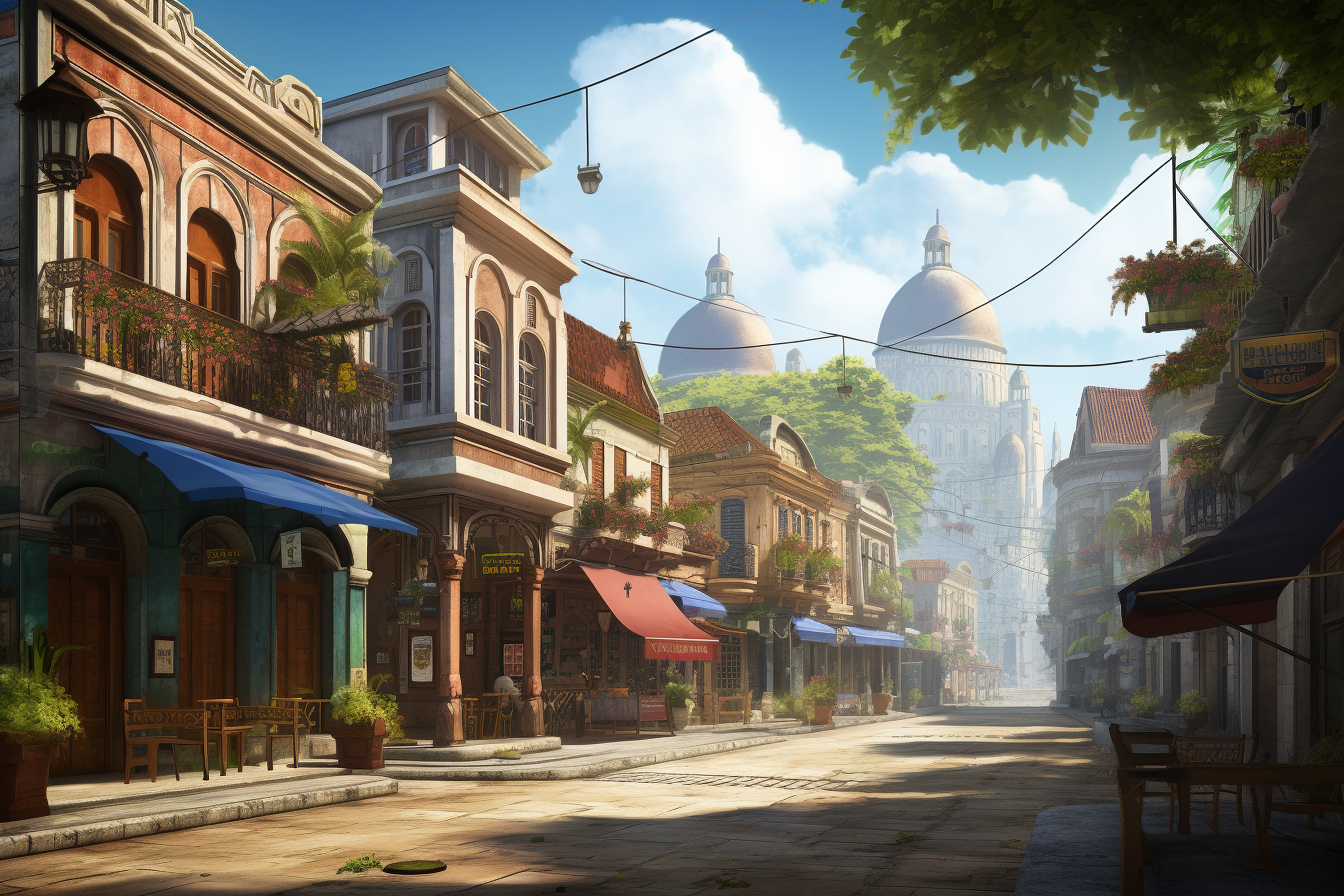A Timeline of Belize
A broad timeline of Belize.

Preclassic Period (2000 BC - 250 AD)
The earliest Maya settlements in Belize began around 2000 BC with small villages focused on hunting, fishing, and agriculture. By 1000 BC, ceremonial centres like Cuello and Blackman Eddy emerged, indicating more complex societal structures.
Classic Period (250 AD - 900 AD)
This era saw the rise of major cities such as Caracol, Xunantunich, and Lamanai, which became hubs of culture, trade, and political power. Monumental structures, including pyramids and palaces, were constructed. However, epigraphic records also hint at conflicts, like those between Caracol and Tikal.
Postclassic Period (900 AD - 1500 AD)
While many great cities declined, possibly due to overpopulation and resource depletion, coastal sites like Cerros gained prominence. The Maya engaged in extensive trade across the Yucatán Peninsula and had interactions with other Mesoamerican cultures.
Spanish Contact (Early 16th century)
By the time the Spanish explorers arrived, many grand Maya cities were abandoned. Smaller communities persisted, resisting Spanish conquest attempts.
European Contact (16th century)
Spanish explorers arrived in the early 16th century. While they claimed the territory, they made limited attempts at colonization due to the resistance from the Maya and the lack of resources like gold.
British Settlement (17th century)
British buccaneers and logwood cutters began settling along the Belizean coast in the mid-17th century. Over time, these settlers transitioned from piracy to logging, particularly the extraction of logwood and mahogany.
Spanish-British Conflicts (18th century)
Throughout the 18th century, Spain and Britain engaged in skirmishes over the territory. The 1763 and 1783 Treaties of Paris allowed the British to cut logwood, but territorial disputes continued.
British Honduras (19th - 20th century)
In 1862, the region became a formal British colony named British Honduras. The colony saw economic growth based on forestry, but also faced challenges like hurricanes and territorial disputes with neighbouring Guatemala.
Path to Independence (20th century)
The nationalist movement gained momentum post-WWII. The People's United Party (PUP) was formed in 1950, advocating for independence. British Honduras was renamed Belize in 1973, and full independence was achieved on September 21, 1981.
Modern Belize (1981-Present)
Post-independence, Belize has navigated its path as a sovereign nation, balancing its relations with neighbouring countries, especially regarding territorial disputes with Guatemala. The country has also focused on developing its tourism sector, capitalizing on its rich biodiversity and cultural heritage.





